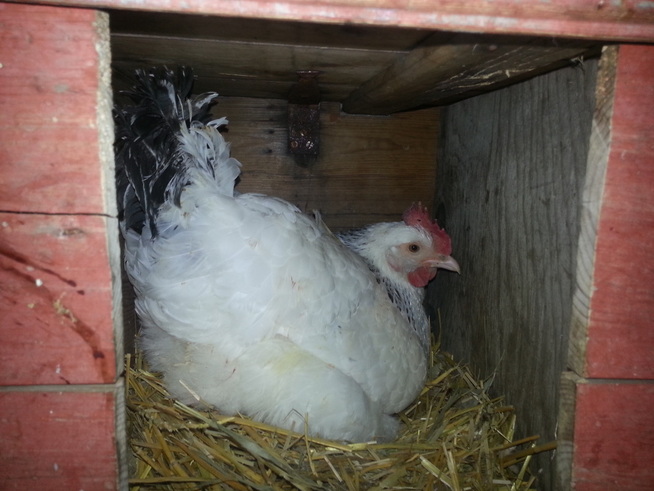 One of the new Light Sussex girls doing her business.
One of the new Light Sussex girls doing her business. The Partridge Chantecler chickens have laid faithfully all winter. There are five hens and usually there are three eggs. The day before yesterday, three light Sussex hens and two gold laced Wyandottes were added to the coop. They did not lay the first day, which is to be understood. They were indoor chickens in the winter and are still afraid to venture outside, but the food and water is outside, so they will have to eventually. Today one of the light Sussex laid an egg and in the other box, a Partridge Chantecler was busy laying too. Usually there are not enough eggs to bother selling them in winter. The dogs get the excess in one big omelet. I did collect two frozen eggs today as well. The temperature did not get above minus 22 C and is going down to minus 30 again tonight. If the eggs are not collected within an hour of being laid, they are frozen and cracked. I try to go out four or five times a day, but still miss the occasional one. There was an Ameraucana egg today too, laid on the floor of their coop, even though they have a nest box. Silly chicken! Winter is a hard time for all.


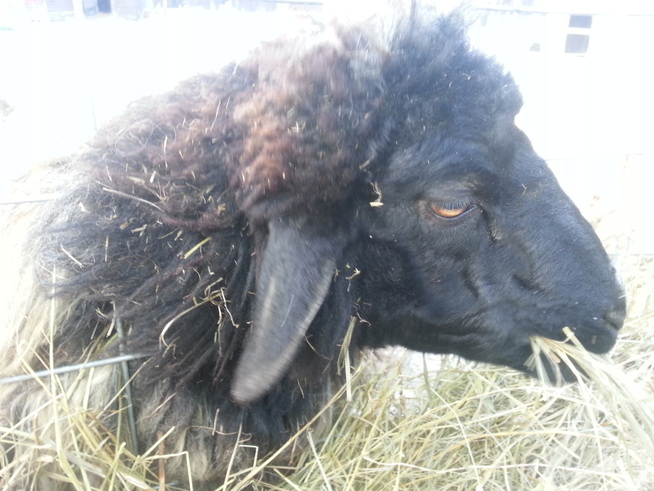
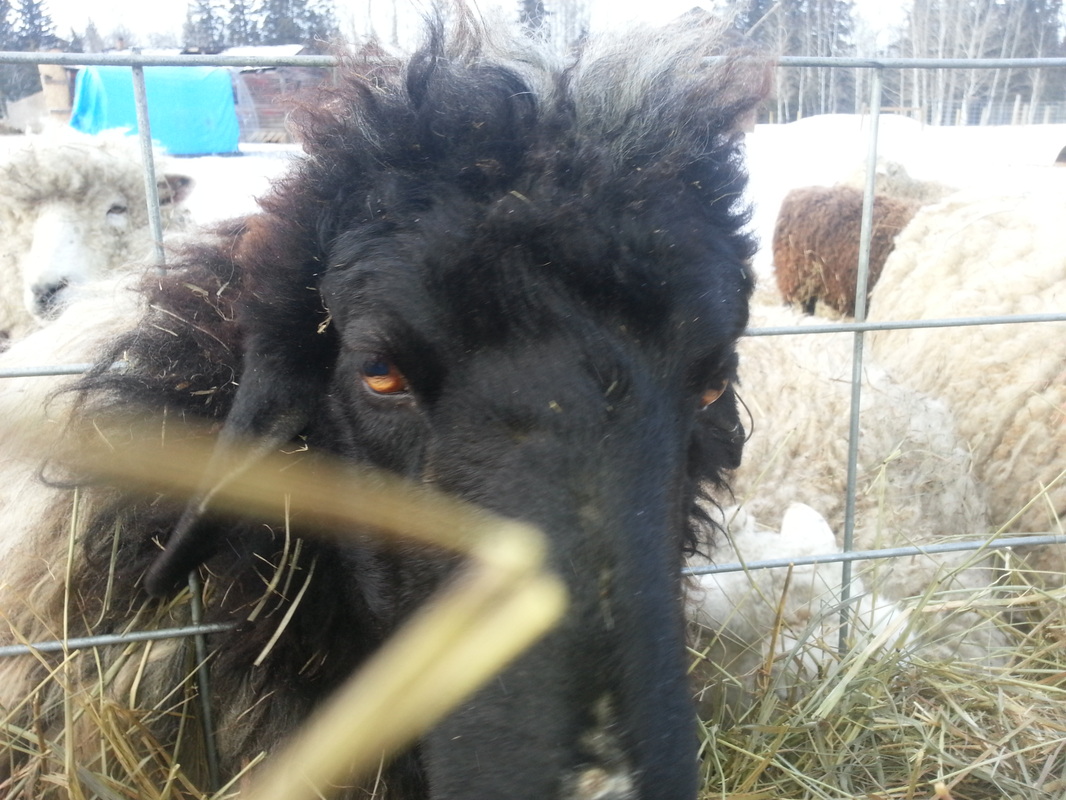

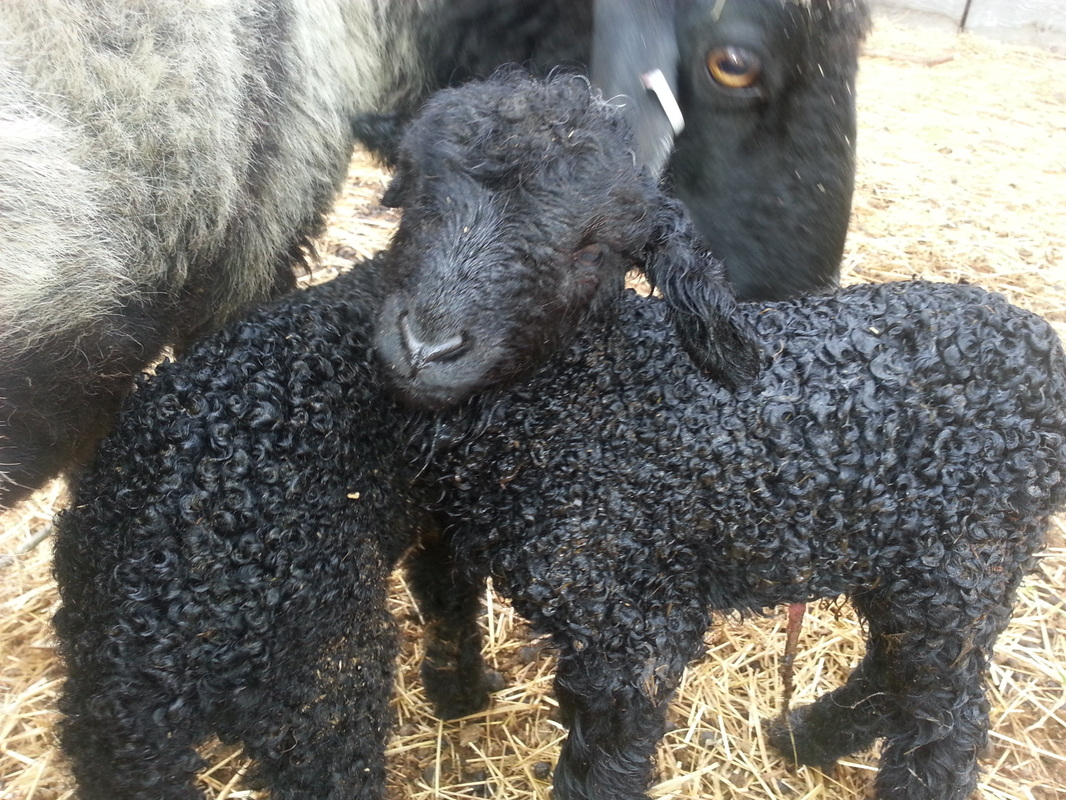
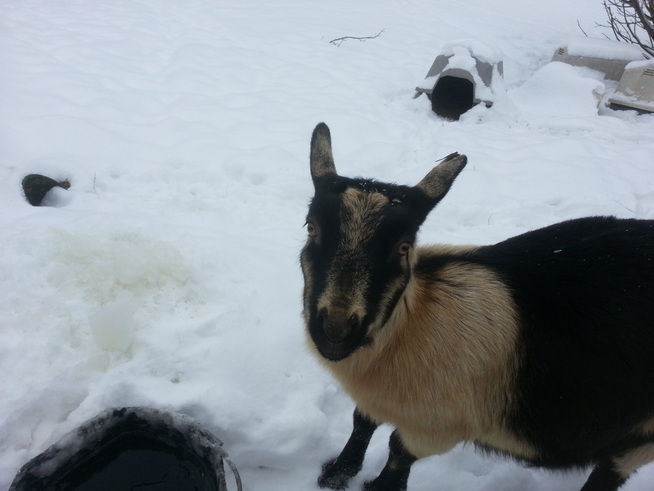
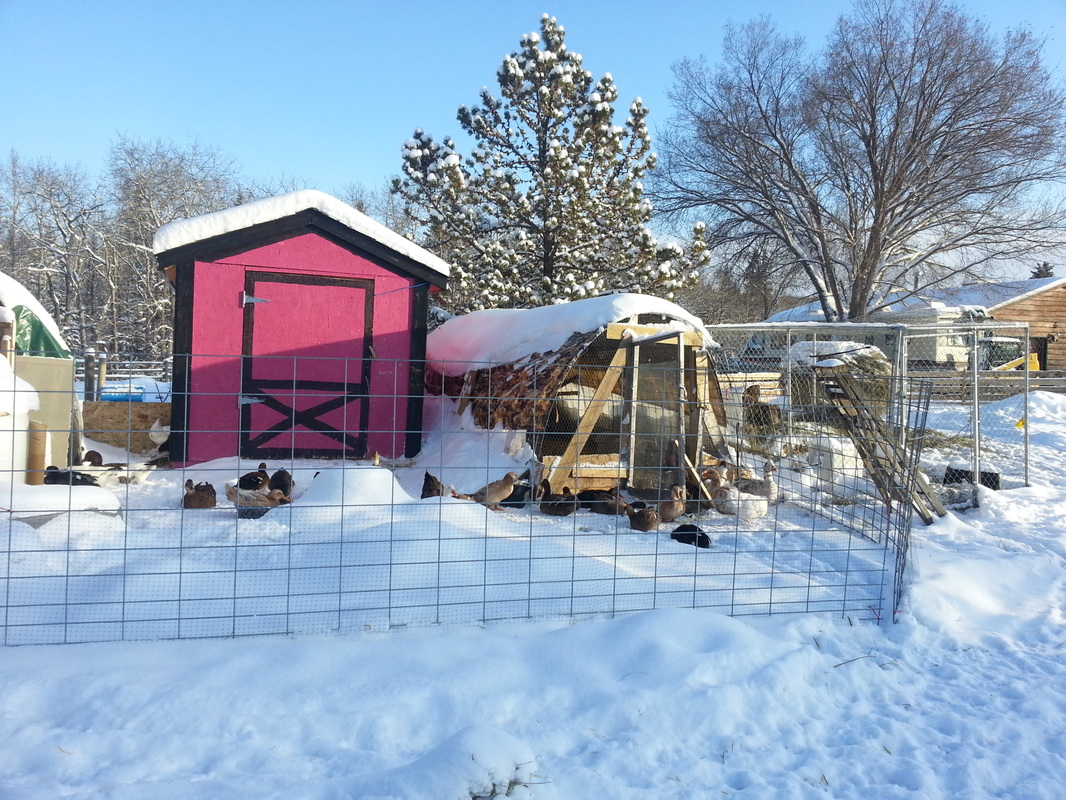
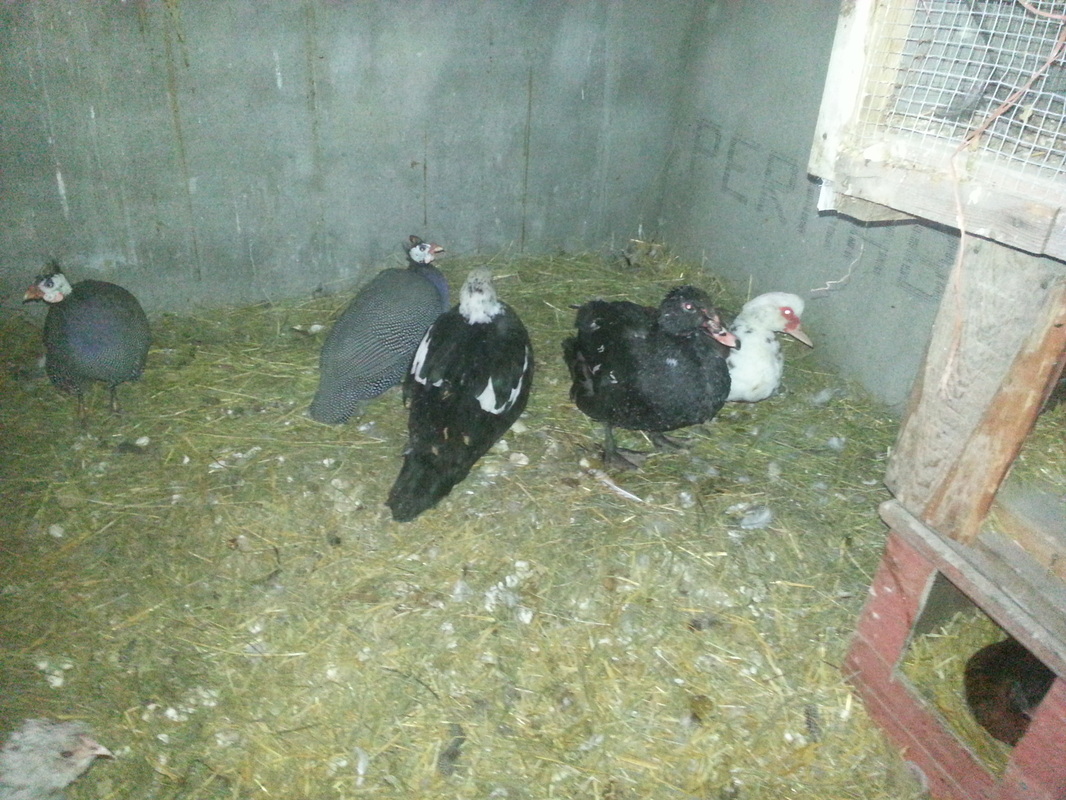

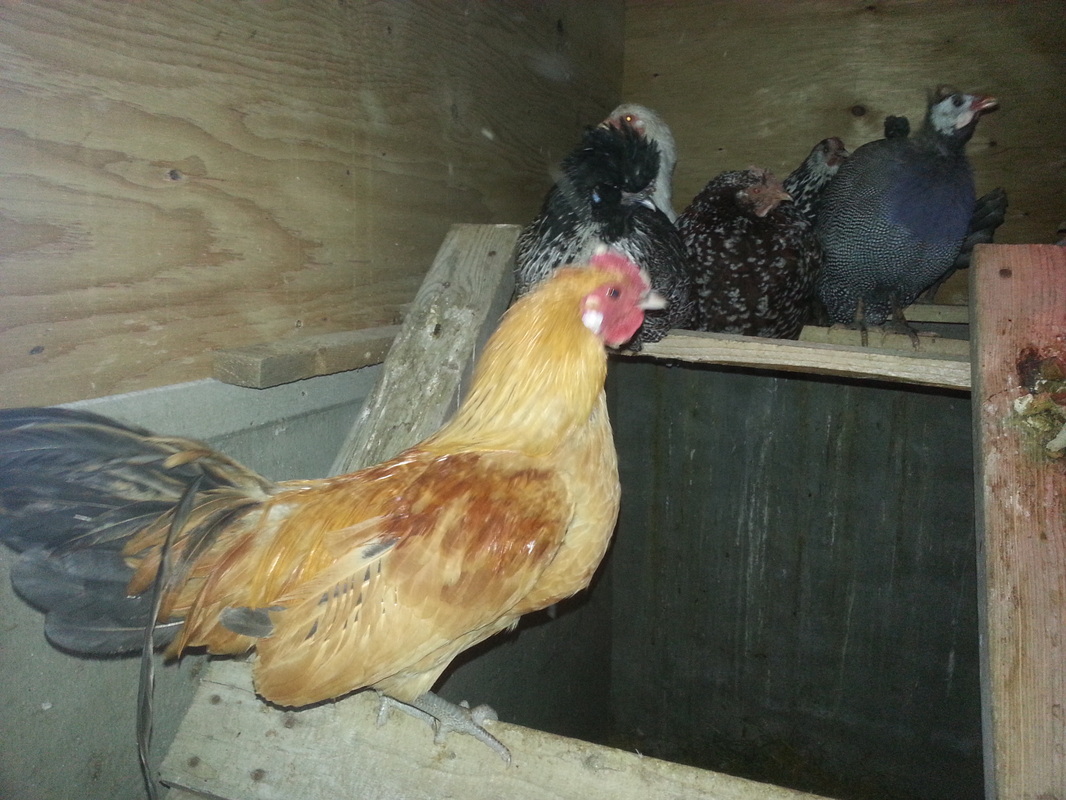

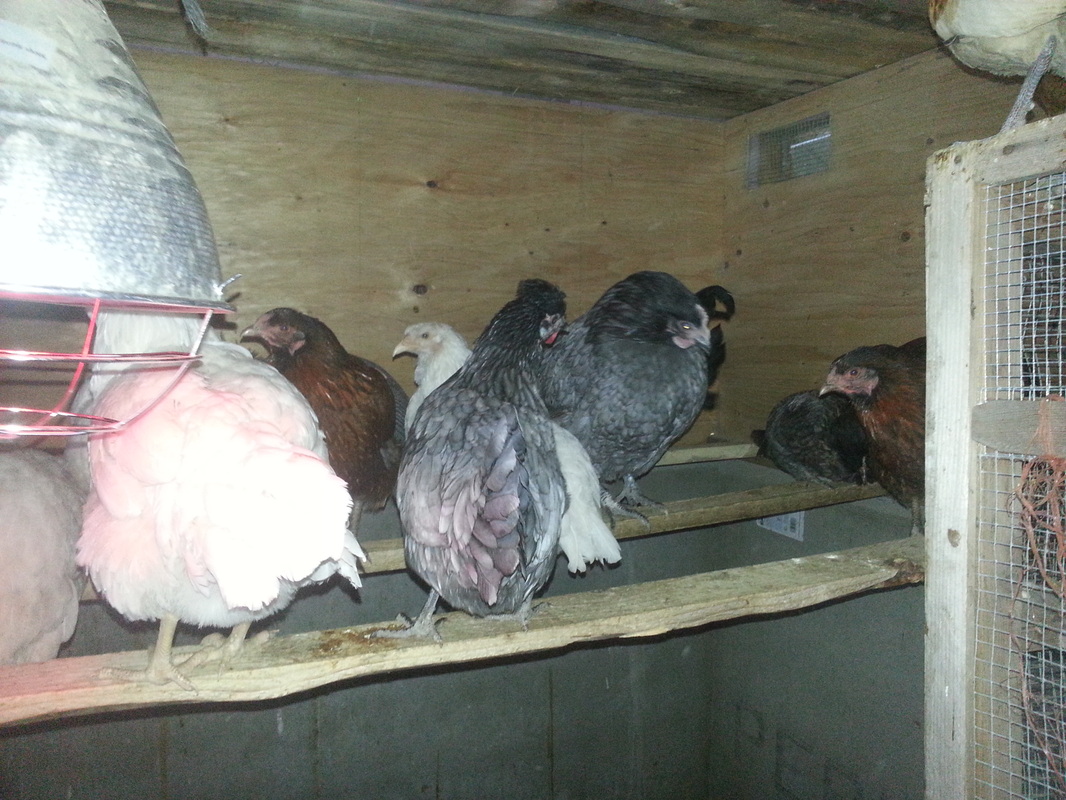
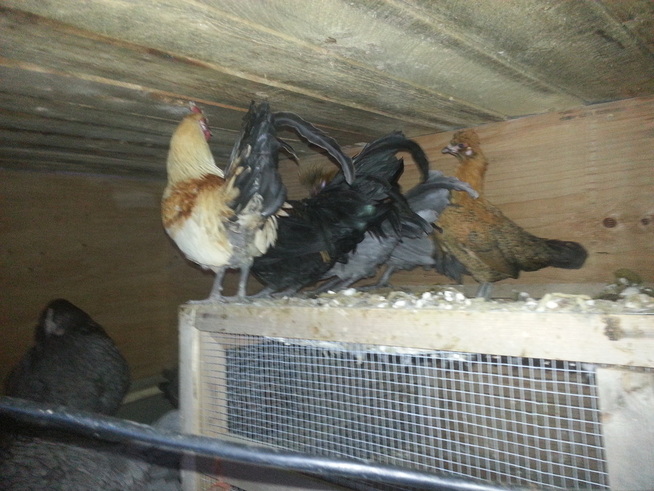
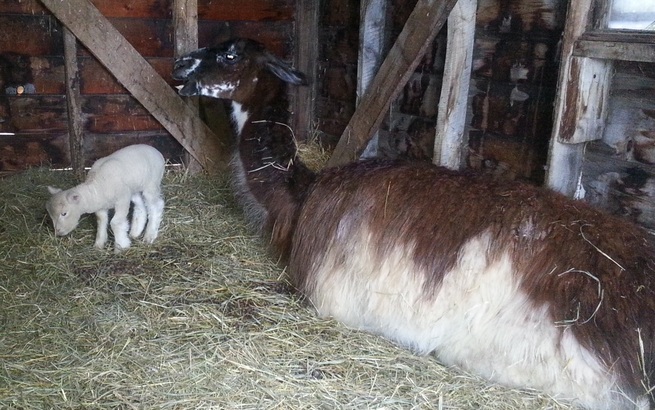







 RSS Feed
RSS Feed